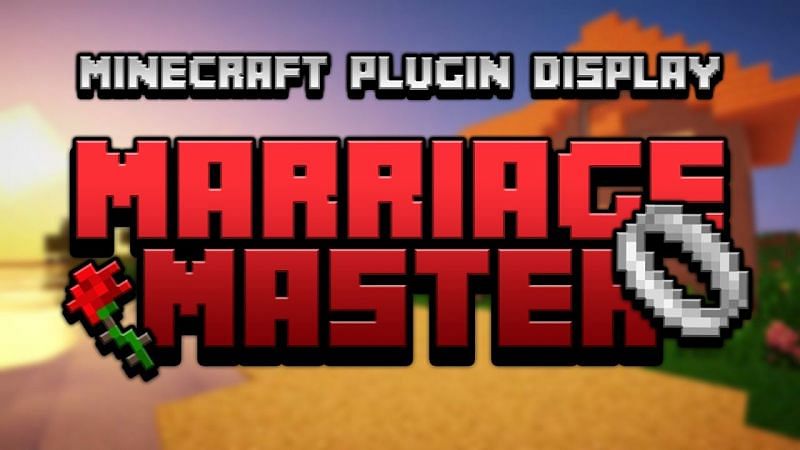

*Note: The material will be created automatically by Asset Processor editor script. Set material name as TutorialAtlasMaterial, attach TutorialAtlas.png as main material texture and change shader to Transparent->Diffuse. If you do not see the image, you can view the image by clicking directly on the URLĪtlas is ready, so we need material for it. I has described most optimal options, but you can experiment with TexturePacker option to get the best result for your atlas. Trim mode: none (Trim mode is only supported for GUI rendering) Now let’s configure our atlas.ĭata File: YourProject/Assets/Resources/TutorialAtlas_data.txt Texture File: YourProject/Assets/Resources/TutorialAtlas.pngĪlgorithm: MaxRect (Full version only) or Basic (available in the free version)Īllow Rotation: checked (Full version only) unchecked (free version) Open TexturePacker, and simply drag the textures inside. The TexturePacker Unity extension is available here:įor the first tutorial, we’ll pack textures for our scene (Assets are available in the TexturePacker Extension package under Assets/Extensions/TexturePacker/Tutorial/Art/AtlasSource). TexturePacker is available for download here:

To get started as quick as possible, here is Video Tutorials Section (will be upgraded shortly) Both have a limited function free version in addition to the full version. There are two different versions of TexturePacker – The stand alone TexturePacker, and the TexturePacker Unity Extension.

#Texturepacker minecraft plugin how to#
This is a tutorial on how to use the TexturePacker extension for Unity.


 0 kommentar(er)
0 kommentar(er)
